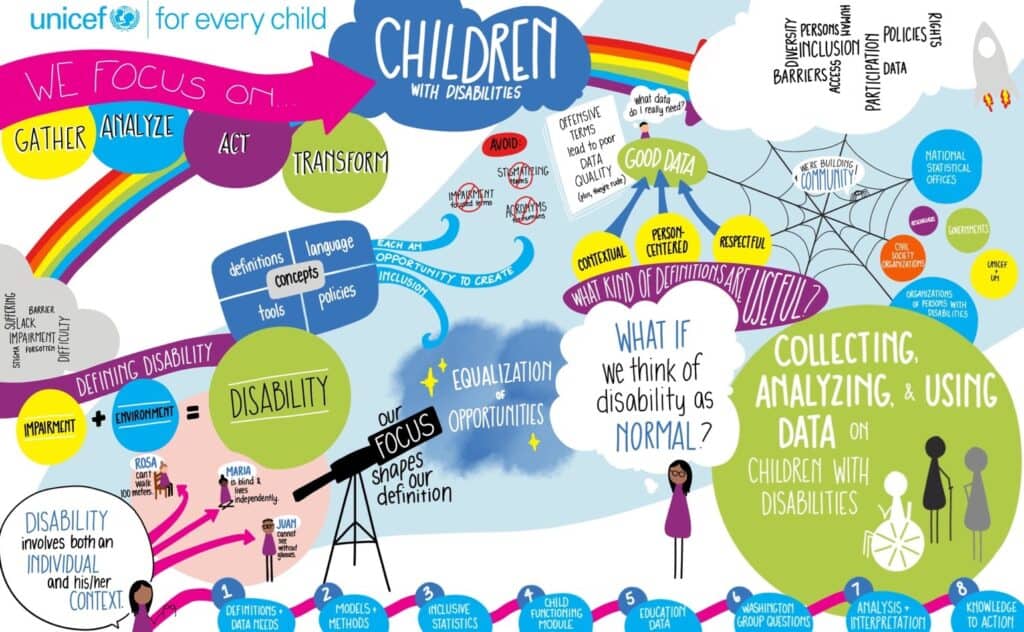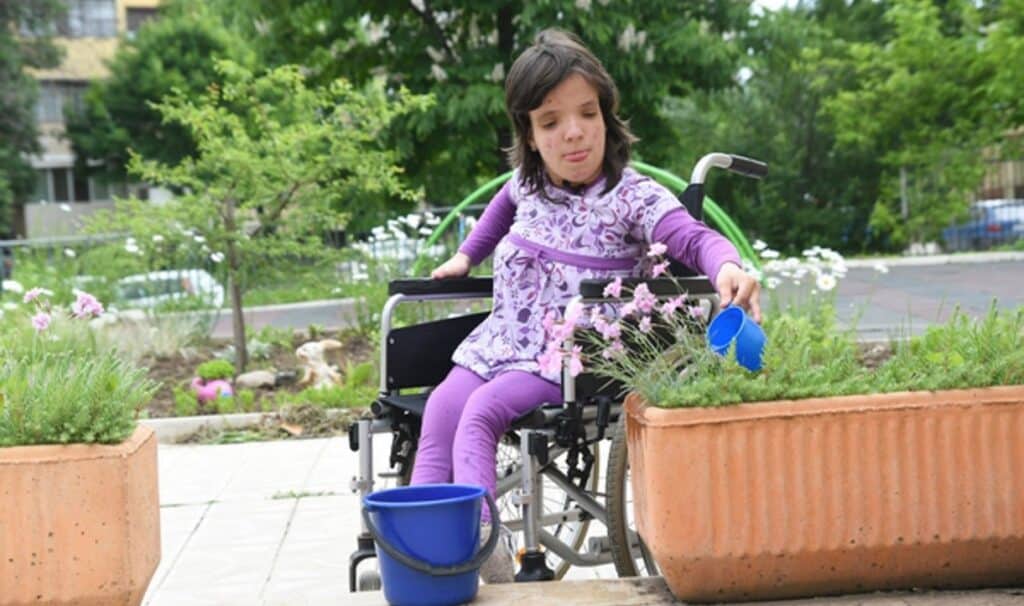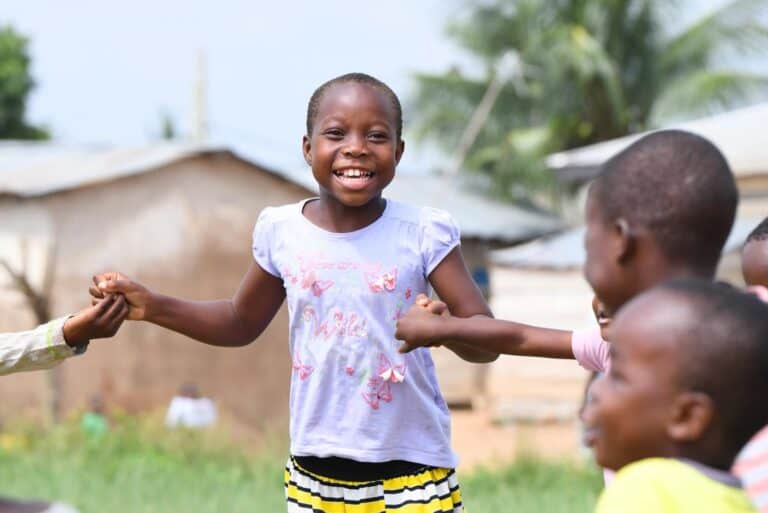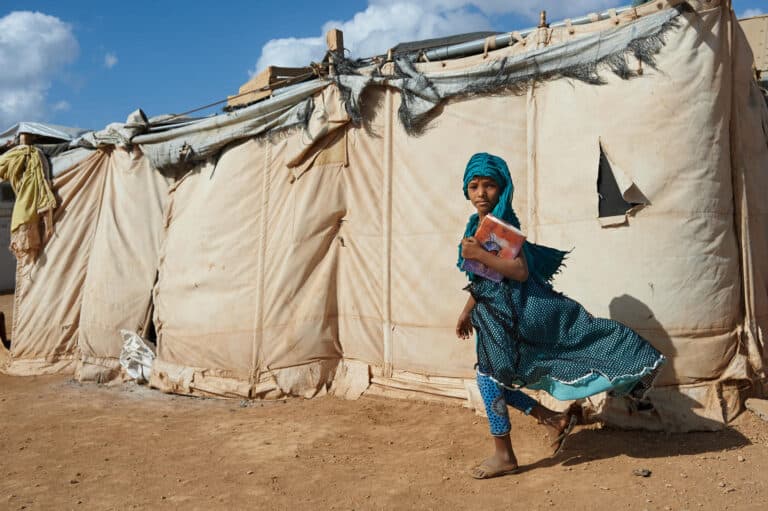For too long, children with disabilities have been stigmatized and prevented from participating fully in society. Paradoxically, data collection tools have also often perpetuated stigma and exclusion through harmful stereotypes. Recently, many initiatives have been undertaken to tackle the issue, especially in terms of inclusive data collection tools. These tools go beyond labels and diagnoses to focus on children’s actual experiences, and the difficulties that they encounter in performing daily activities and participating in society. However, these tools have not been universally adopted. Many countries continue to use narrow and outdated definitions and questionnaires to identify and count children with disabilities and gather information on their well-being.
To counter stigmatization and promote more inclusive statistics, UNICEF recently organized two training workshops on collecting, analysing and using data on children with disabilities. The virtual workshops drew more than 250 participants from 80 countries, representing national statistical offices, government ministries, civil society organizations, research institutions and international organizations. The workshops were part of a capacity-building effort to promote the rights of children with disabilities, by ensuring that they are fully and adequately represented in the data about them.
A fundamental aspect of the training involved changing people’s perceptions of disability.

Seeing the whole child, not just the disability
There’s a long social history to unravel behind perceptions and how they influenced data collection efforts.
Up until World War II, the main model of disability was based on charity – people and institutions helping those in need. Although altruistic in principle, this approach often led to the segregation of persons with disabilities, who were seen as vulnerable and deserving pity, and rarely consulted as to what help they needed. Then, as wounded soldiers began returning from the war, a more medically oriented model of disability emerged, focused on conditions and impairments, and with an emphasis on diagnoses and rehabilitation.
In the 1960s, a political movement led by persons with disabilities helped shape important new legislation and awareness. Organizations of persons with disabilities were established and strove to empower individuals, leading to what is known as the social model of disability. In this model, disability is seen as the result of an unaccommodating environment that limits individuals’ full participation in society.
Over the last two decades, a biopsychosocial model of disability has taken root that incorporates components of both the medical and social models. It is a holistic model that considers both a person’s body and mind, and the social environment in which she or he is functioning. As a result, addressing the needs of persons with disabilities requires medical and rehabilitative interventions along with environmental and social interventions to eliminate restrictions in participation in all areas of life. In this model, the key question is not “What’s wrong with you?”, but “What do you need to become a fully active participant in society?” The emphasis is on seeing the whole child, not just his or her impairment.
Transforming mindsets
The workshops began and ended by asking participants one question: “What words come to mind when you hear the word ‘disability’?” Over the course of the eight-day training, a clear shift was apparent, as noted in the responses given at day 1 and day 8.
“What words come to mind when you hear the word ‘disability’?”
Day 1
Day 8


Throughout the sessions, the concepts of equality, accessibility, inclusion and human rights took centre stage. According to workshops organizers, these key elements in the definition of disability must also be reflected in every aspect of data collection – from the initial design to the dissemination of results. The training helped participants learn how to do that.
Collecting data in a way that fosters inclusivity
A fundamental tool in collecting data on children with disabilities is the Child Functioning Module, which became available in 2016. The module can be used by countries around the world and is intended to provide a population-level estimate of the number and proportion of children with disabilities. Because it is a standard questionnaire that is administered according to strict protocols, the data it produces are internationally comparable. The module asks mothers or primary caregivers of children between 2 and 17 years of age about difficulties their child(ren) may have in various domains of functioning. It conforms to the biopsychosocial model of disability focusing on the presence and extent of functional difficulties rather than on body structure or conditions. For the purposes of social participation and equalizing opportunities, functional status – and how that impacts someone’s life – is of greater interest and relevance than the cause (medical or otherwise), since children with the same conditions or impairments may have very different degrees of difficulty. The broad uptake of the Child Functioning Module has increased the availability of data on children with disabilities, fostering new data analyses and contributing to increased knowledge generation
In addition to introducing the module, the workshop presented various data collection strategies that are inclusive of persons with disabilities. The training emphasized the importance of designing surveys that keep accessibility and disability-inclusive language in mind so that persons with disabilities can participate in the interview process. Accessibility is also critical in ensuring that persons with certain types of impairments can read survey findings once they are published. Last but not least, the workshop highlighted that organizations of persons with disabilities should be included in data generation efforts from the very start.
From inclusive statistics to inclusive societies
Shifting outmoded notions of disability and promoting use of the right data collection tools are critical to improving the quality and relevance of data on children with disabilities. Having such data will pave the way to building more inclusive societies. It will bring us one step closer to the goal of ‘leaving no one behind’, the central theme of the 2030 Agenda for Sustainable Development.
Learn more about UNICEF’s data work on children with disabilities



